It's an emitter follower circuit and this means that the emitter voltage follows the base voltage. That's the simple way of putting it. In fact the emitter voltage must be about 0.5 volts to 1 volt lower than the base voltage in order force sufficient current into the base. This is because the base-emitter region is equivalent to a forward biased diode hence, we say that the emitter "follows" the base but, maybe, 0.7 volts lower (in simple terms).
So, we have to accept that fact first: the emitter is around 0.7 volts lower than the base voltage and remains roughly 0.7 volts lower than the base voltage irrespective of the load current.
But, we don't want ripple on the collector to cause this type of voltage regulator to "drop-out". Yes, it's a type of voltage regulator and yes, it can suffer from "drop-out" should the ripple on the collector be too big. To avoid this we make sure that the potential divider formed by R1 and R2 lowers the base voltage by an amount sufficient to ensure that the base voltage is always lower than the lowest "valley" voltage on the collector when there is ripple present.
We also ensure that the values of R1 and R2 are low enough so that any extra current taken into the base (due to emitter load variations) do not significantly cause the base voltage to droop too low. A rule of thumb here would be to choose R1 and R2 values that are about ten times the resistance of the lowest load resistor value on the emitter. So, if the emitter load might be 50 Ω, we would choose R1 and R2 to offer an equivalent resistance to the base of no more than 500 Ω.
So, the transistor will be in its active region
But, as always, there will be compromises and, under extreme values of ripple voltage on the collector, it may just start to hit the saturation region. This is down to how much ripple you can tolerate and for how long. There is no general rule here; it's entirely dependent on what the voltage on the emitter needs to be to suit the requirements of what is connected to the emitter.
Which of these is a more desirable mode of operation for the
transistor?
Generally, it's desirable for the transistor to operate in its active region.
If my understanding is correct, we should bias the base so that it is
very close to V+, in which case should we not just omit R2?
No, that wouldn't be very good because then you are relying on base current (with zero current amplification in the BJT) for supplying load current. Generally you want the average voltage on the base to be a volt or so below the valley voltage on the collector when ripple is present.
Footnote - in my experience, it's better to use more capacitance on the power feed line than expect miracles from these types of circuits.




